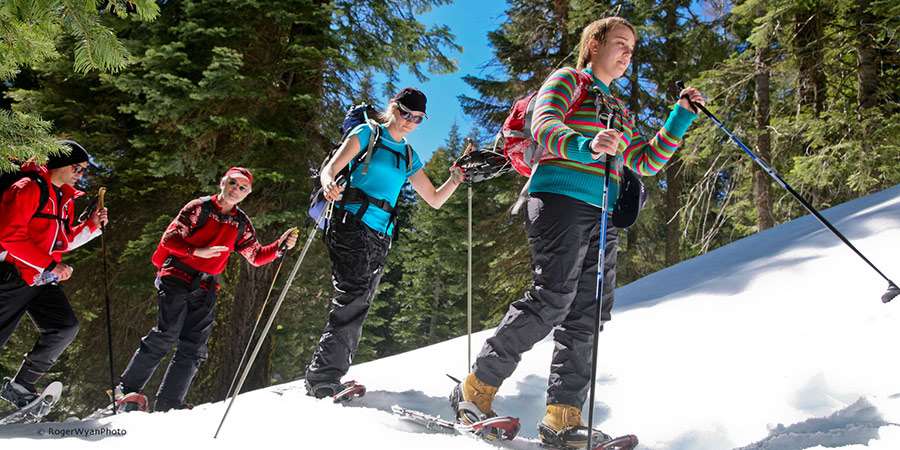
One doesn’t have to travel far to enjoy the region’s scenic beauty and robust outdoor activities that include hiking, camping, rafting, boating and more.
Don Pedro Lake, Lake McClure and Lake McSwain recreation areas, and Forestiere Underground Gardens are within an hour’s drive.
People who have a bit more time can make the 90-minute drive to Yosemite National Park or head north to Knights Ferry, an important historical and mining town during the Gold Rush era that is currently home to the longest covered bridge west of the Mississippi.
The adjoining Sequoia-Kings Canyon National Park protects immense mountains, deep canyons, huge trees and stunningly diverse habitats. Travel on the Generals Highway, which ascends to more than 5,000 feet from chaparral and oak-studded foothills to the awe-inspiring sequoia groves. From there, trails lead to the high-alpine wilderness which makes up most of these parks. Beneath the surface lie many beautiful caverns.
Columbia State Historic Park, near Sonora, is one of the most well-preserved Gold Rush communities. Visitors can take a ride a 100-year-old stagecoach, go horseback riding, pan for gold or tour an active gold mine.
Pinnacles National Monument, located east of California's Salinas Valley, is the stunning remains of an ancient volcano. Admired for its beauty and assortment of spring wildflowers, the area includes massive monoliths, spires, sheer-walled canyons and talus passages displaying millions of years of erosion, faulting and tectonic-plate movement.
The Merced National Wildlife Refuge encompasses 10,258 acres of wetlands, native grasslands, vernal pools and riparian areas. The refuge plays host to the largest wintering populations of lesser Sandhill cranes and Ross’ geese along the Pacific Flyway. Each autumn more than 20,000 cranes and 60,000 arctic-nesting geese terminate their annual migrations from Alaska and Canada to make the refuge home for six months. Here, they mingle with thousands of other visiting waterfowl, waterbirds, and shorebirds — making the refuge a true winter phenomenon.